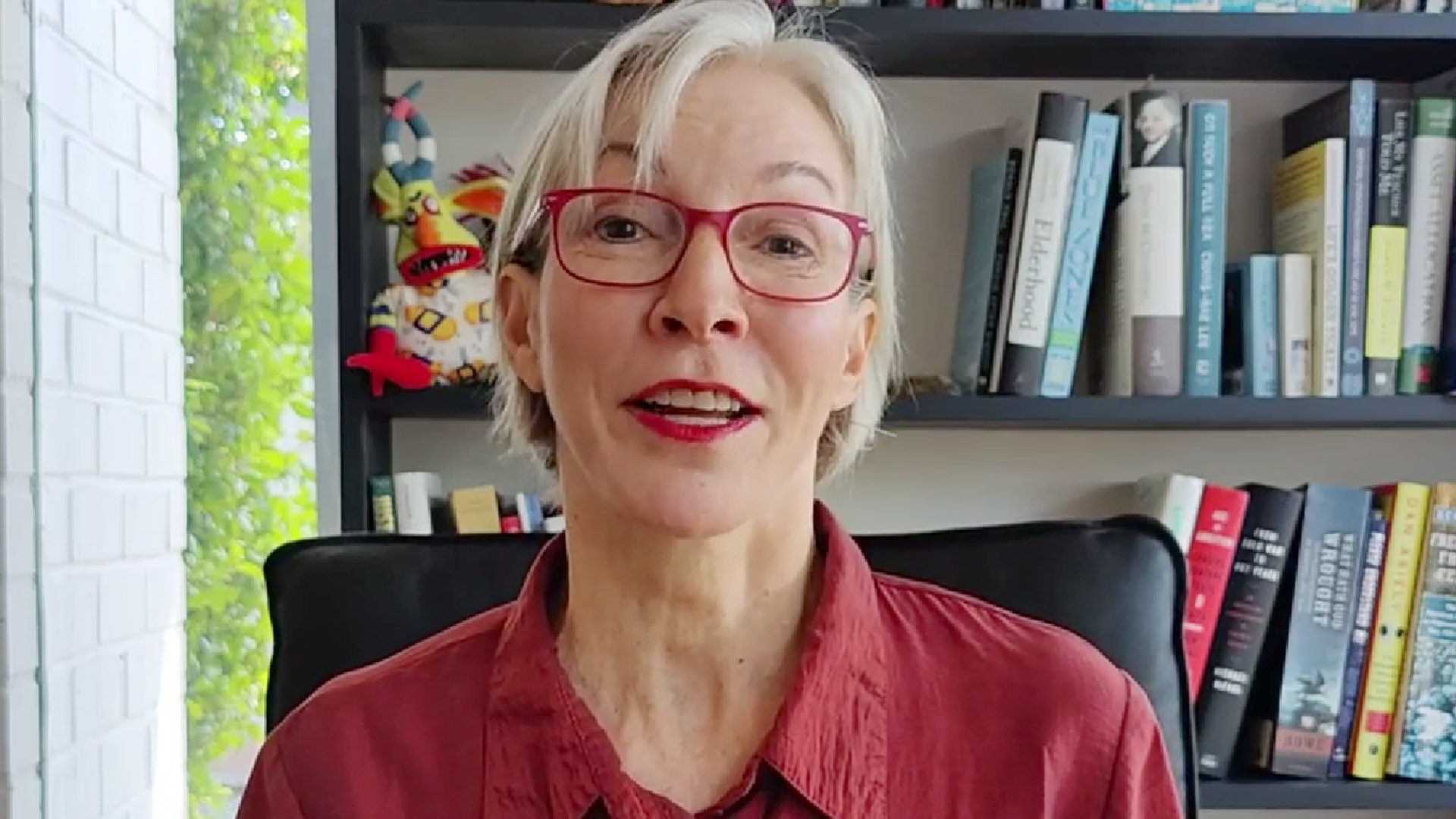Here’s a statistic that I mention pretty frequently: There are nearly 60 million people over the age of 65 in the United States, yet by some counts there are only about 3,500 practicing geriatricians.1 That imbalance is one of the reasons why I take my job so seriously, and it’s why I strive to pass on the knowledge I’ve gained from decades of practice.
But this isn’t about me or my fellow geriatricians.
Today, I’m talking about caregivers, specifically dementia caregivers: Loving family members, seasoned professionals. Adult children taking time off from work to care for a parent, CNAs hustling through a sixty-hour workweek. This is about them.
In 2021, there were about 6.2 million people living with Alzheimer’s disease in the United States. If you include other forms of dementia, that number is even higher, and it’s expected to climb to 12.7 million by 2050.2 We’re living longer, and getting older. That’s just a fact of life.
Someone has to care for those 6.2 million people, and as of 2021, there were about 11 million caregivers doing exactly that.2
I’ve heard some of my peers say that even though dementia isn’t contagious, the effects spread to others, in a sense. Now, I realize that’s a pretty bold statement. But don’t worry — I’ll explain exactly what I mean.
Think of it like this: These millions of caregivers spend time and energy caring for family members and patients with dementia. By some estimates, this accounts for nearly two-thirds of the overall annual cost of dementia3 — which is, by any estimate, in the billions of dollars.
When coupled with the fact that many primary care doctors are under-equipped4 to evaluate and treat dementia patients, you get a kind of ripple effect — one that spreads far beyond the person living with dementia. Working and middle class folks are affected disproportionately, since they often lack the financial resources for round-the-clock care, and more specifically to working and middle class women who make up about two-thirds of all caregivers.5
Specifically, this is the effect I’m talking about: Whether it’s due to time or money, it’s estimated that 40-70% of family caregivers show signs of burnout,6 and those who provide care in a professional capacity (nurses and CNAs, for example) are similarly stressed.
So, we’re talking about tens of millions of people, and we’re talking about dementia in the context of how it affects those around the person actually living with it. Pandemic is a strong word, no doubt, but it’s a surprisingly accurate descriptor.
So what do we do? This isn’t polio, or measles, or COVID; there’s no vaccine for dementia nor for the challenges it presents to caregivers.
Thankfully, there have been some steps in the right direction. In many facilities, there are now policies that recognize that certain family members are essential caregivers. In Congress, bills have been introduced to give tax credits to unpaid family caregivers. Some states have passed laws mandating nurse-to-patient ratios. We still have a long way to go, but burnout doesn’t have to be the norm.
In the meantime, you can find some helpful links here. And, as always, if you have a personal story to share or comments about what I’ve written, don’t hesitate to reach out.

Dr Liz has over 20 years of experience as a geriatrician. She is board-certified in internal medicine, geriatric medicine, and palliative care medicine. Dr Liz founded Dr Liz Geriatrics to address the challenging medical and behavioral issues often facing older patients and their families.

